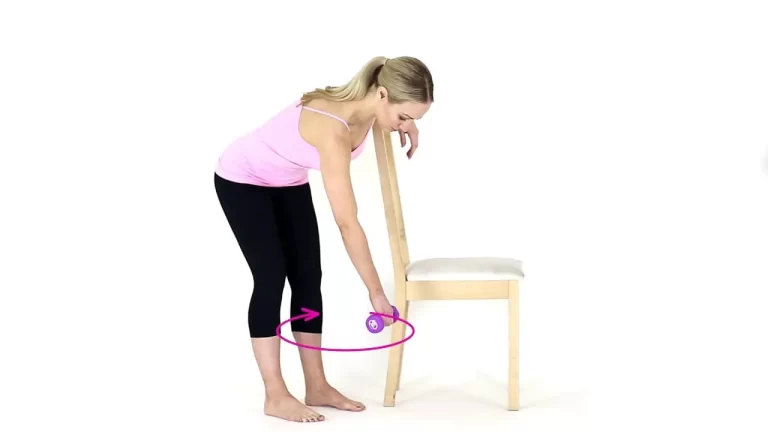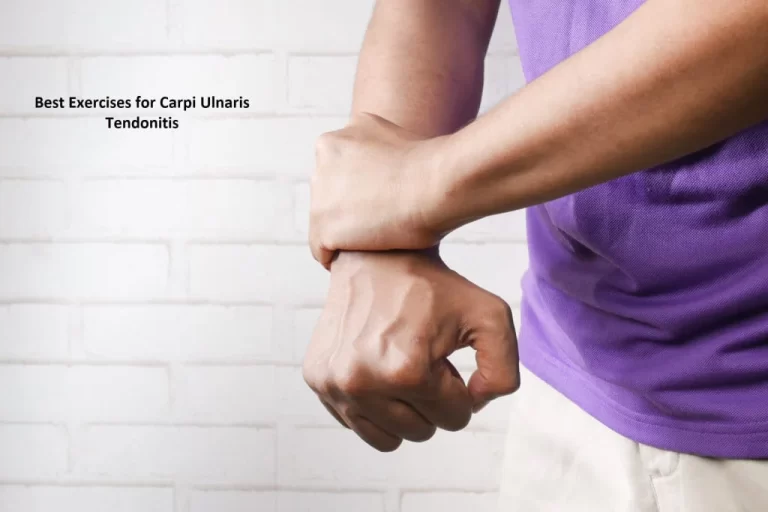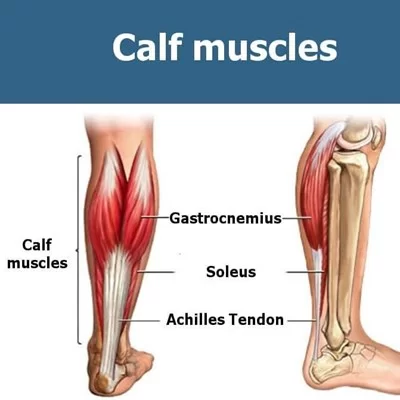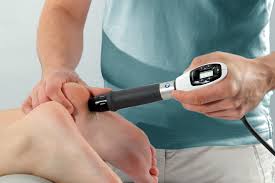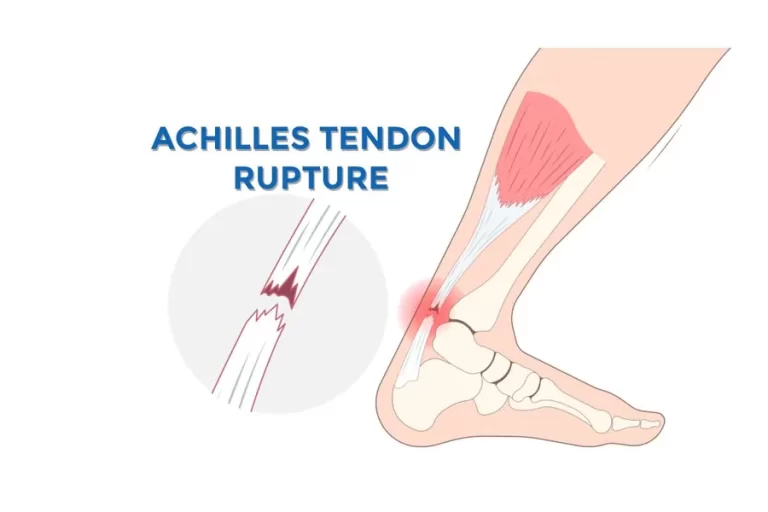Static Quadriceps Exercise (SQE)
What is static quadriceps exercise:
- Another name for static quadriceps exercise (SQE) is isometric quadriceps exercise.
- It is an effective form of exercise for knee osteoarthritis.
- Static quadriceps exercises are those that involve continuous contraction of a muscle without any visible joint movement.
- Your quadriceps muscle contracts during this exercise, strengthening it.
- The main muscle used for sports-related activities like jumping, cycling, and running is the quadriceps.
- This muscle supports you when you walk, climb stairs, squat, and get up from a chair in your daily life.
- Osteoarthritis of the knee joint is associated with decreased quadriceps muscle strength.
Which muscle performs static quadriceps exercise?

- The name of muscle work is suggested by its very name.
- Muscle group of the quadriceps (rectus femoris, vastus medialis, lateralis, and intermedialis).
- You can find this muscle in your front thigh.
- Your quadriceps muscle aids in extending your knee and flexing your hip.
Health benefits of static quadriceps exercise:
The following are some advantages of static quadriceps exercise for your health:
- aids in restoring proper muscle tone
- aids in osteoarthritis patients’ quadriceps muscle strengthening
- assist in improving the stability of your knee,
- lowers the likelihood of knee injuries,
- facilitates the ease of performing daily tasks.
- aids in the management of patellofemoral stresses
- Aids in the management of Iliotibial Band Friction Syndrome
- aids in the treatment of tendinitis or Patellar tendonitis
- Generally, this exercise is advised following knee surgery.
how to perform static quadriceps exercise?
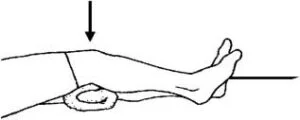
- Take off with your unaffected leg.
- Sit on the bed or the floor.
- Pull your toes towards your shins and press your knee into the floor or bed to strengthen your quadriceps. Your heel should lift off the bed a little due to this. (A tiny towel can also be placed beneath the knee being exercised.)
- You’ll be able to sense your muscles stiffening.
- For five to ten seconds, hold.
- Ten times over, repeat.
- On the afflicted leg, repeat.
- Perform this exercise as directed, or three to five times a day.
Why do we experience knee pain?
- Your knee pain could potentially be caused by an injury such as a ruptured ligament or torn cartilage.
- Knee osteoarthritis
- Patellofemoral stress syndrome
- Iliotibial band friction syndrome
- Patellar tendonitis or tendinitis
How does static quadriceps exercise help with knee pain?
Osteoarthritis can be made worse by using muscles to move a joint through its full range of motion. People with osteoarthritis in their knees can strengthen their quadriceps by performing isometric exercises.
Precaution:
- Blood pressure can rise with isometric exercise. Even though it will quickly return to resting levels, people who have hypertension or any other type of cardiovascular disease may find this dangerous. It’s crucial to breathe throughout the exercises, even if you don’t have high blood pressure.
- Osteoporosis
when you do not do this exercise?
- If you feel any pain when exercising
- If your physician advised you to rest.
- If your pain gets worse.
FAQ’s:
What are the 4 types of quadriceps?
A collection of muscles on the front of the thigh is called the quadriceps. Their four distinct muscles are the vastus lateralis, vastus intermedius, vastus medialis, and rectus femoris. They are responsible for extending the leg and helping with motions like walking and jumping.
How many exercises for the quadriceps?
In a single training week (microcycle), we suggest doing two to five distinct quad exercises. For instance, if you train your quadriceps three times a week, you can complete two exercises per week: a heavy barbell squat on one day, a lighter barbell squat on the next, and a leg press version on the last day.
What is the strongest quad muscle?
Vastus lateralis
Vastus lateralis: This muscle joins your kneecap to your thigh bone. It follows your thigh’s exterior. Out of the five quad muscles, it is the biggest and most powerful. Medial vastus: Additionally, this muscle joins your kneecap to your thigh bone.
What causes weak quads?
Some factors, such as injuries, imbalances in the muscles, aging, or underlying medical conditions like neurological disorders or arthritis, can cause quadriceps weakness.

